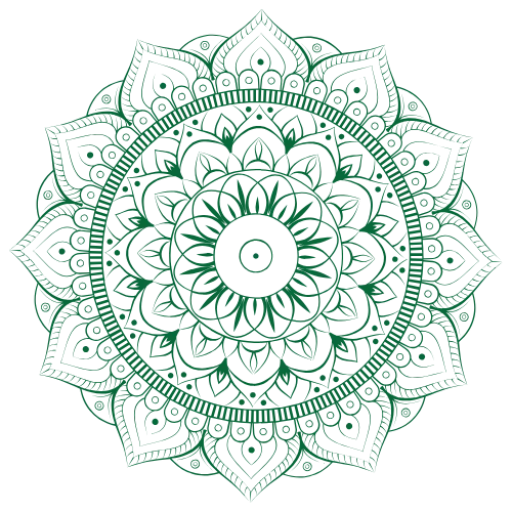We can differentiate three types of breathing.
1.Clavicle breathing is the most shallow and worst possible type of breathing. The shoulders and collarbone are raised while the abdomen is contracted during inhalation. Maximum effort is made, but a minimum amount of air is obtained.
2.Thoracic breathing is done with the rib muscles expanding the rib cage. It is a little better than clavicle breathing, but it remains a type of incomplete breathing.
3.Deep abdominal breathing brings air to the lowest and largest part of the lungs. On an inhalation the diaphragm contracts, compressing the abdominal cavity and expanding the thoracic cavity drawing air into the lowest lobs of the longs. The abdomen rises on an inhalation. On an exhalation, the diaphragm relaxes pushing the air out form the lowest parts of the lungs and at the end of the exhalation the abdominal muscles contract slightly to push the last remainder of air out. Breathing is slow and deep.
This is one of the best ways of breathing; however still not full yogic breathing.
4.Yogic breathing
A full ‘yogic’ breath combines all three, beginning with a deep breath and continuing the inhalation through the intercostals and clavicle areas. The key to full yogic breathing is to properly use the diaphragm in breathing, which takes some practice and time.
These are beautiful exercises to explore the breath 🙂
Exercise to connect with the breath
Observe the breath
Lie on your back ; knees bent, feet on the ground. Bring one hand on your chest and one on your stomach. Observe the breath without trying to change the rhythm . Become aware of places in the body where the breath flows less fluent. By simply observing the breath a large consciousness can occur of these areas.
Become aware of how you breathe:
- The locations of breath (where you feel the breath most)
-
Where does the breath come from? (where does the movement of the breath come from? )
-
The quality and texture of the breath? (What sensations come on? )
Observe the breath – like a guest who is more than welcome – 🙂

Diaphragm breathing
Sit down in a comfortable position or lay down on the ground. Place your hands on the upper abdomen where the diaphragm is located. Pressure gently with your hands to create mild resistance; so turn off the lower ribs in your hands. Concentrate on the expansion of the lower ribs.
Breathe in and out slowly. The abdomen should expand outward as you inhale and contract as you exhale. Try to get the feeling of this motion. Bring on the inhalation attention to the heart; the sense of expanse from the inside. Bring on the exhalation attention to both the front and back of the body. This gives a wonderful sense of centring the diaphragm to the coxis (tail bone) .
Experience how your consciousness pulsates with the movement of the diaphragm and breath; the consciousness turns inward and outward in all directions. The mind becomes calm and centred as it embraces both movements simultaneously.
This exercise might sounds simple, but many people breathe the other way around: the abdomen goes in when they inhale and out when they exhale. So. …doing this exercise is really valuable.
*
Acknowledgement:
Prana and pranayama, Swami Niranjananda Saraswati, Yoga Publications Trust, Munger, Bihar, India
Four chapters on freedom, Swami Satyananada saraswati, Yoga publications Trust, Munger, Bihar India
Hatha Yoga Pradipika, Swami Muktbodhananda, Yoga publications Trust Munger, Bihar, India
www.wikipedia.nl
Address: Parimukti Yoga Center, Kanira Homes,
Girkarwaddo, End of Magic Park Road,
Arambol, 403524,
Goa, India
Phone: +919637521278
Email: info@parimukti.com
Website: https://parimukti.com/
Yin Yoga Training Goa | 200 Hour Yoga Teacher Training Goa | Meditation Teacher Training Goa
